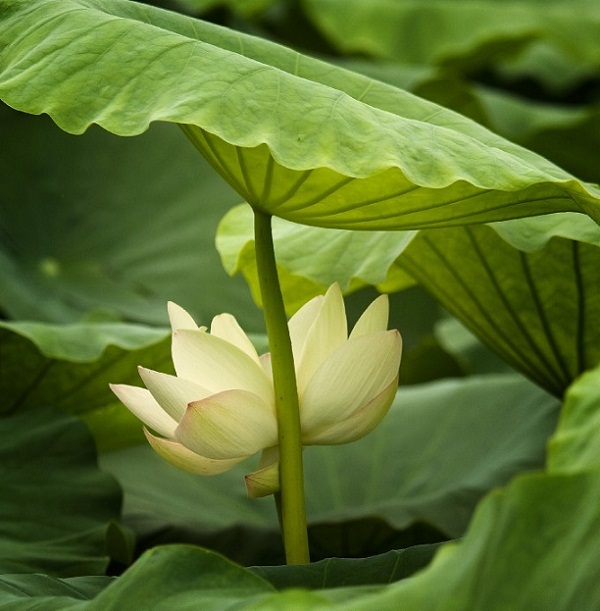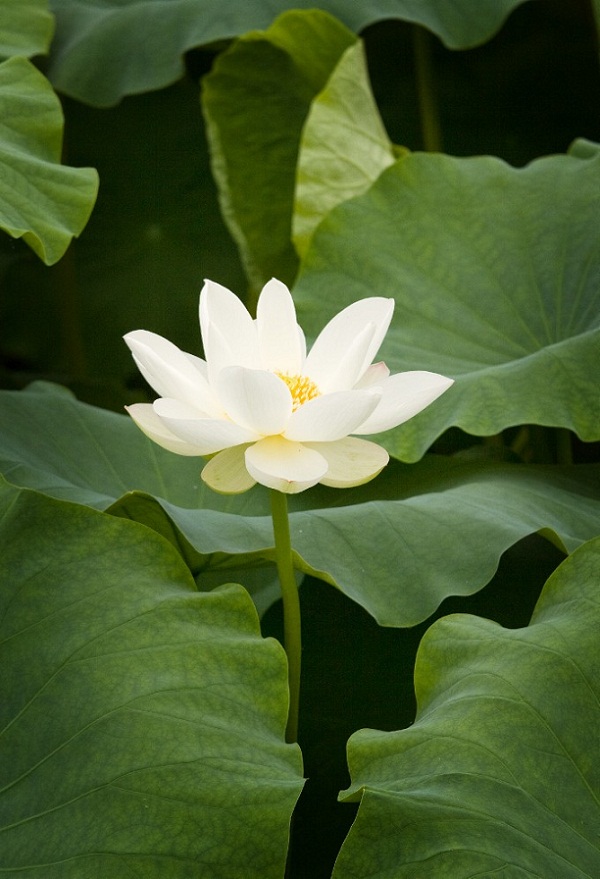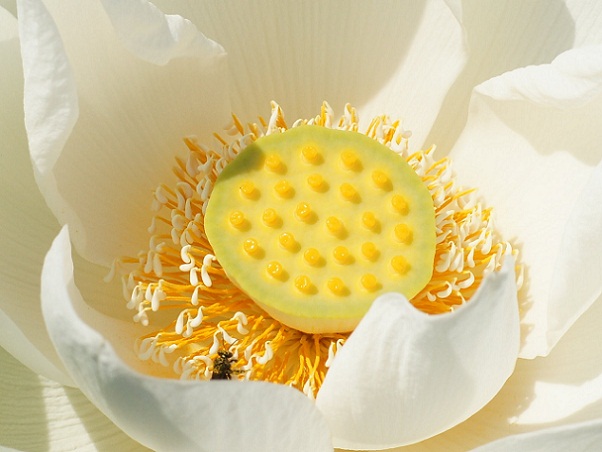The ancient Egyptians cultivated the white lotus in ponds and
marshes. This flower often appears in ancient Egyptian decorations. They
believed that the lotus flower gave them strength and power; remains
of the flower have been found in the burial tomb of Ramesses II.
The number 1,000 in ancient Egyptian numerals is represented by the
symbol of the white lotus.
The ancient Egyptians also extracted perfume from this flower. They also
used the white lotus in funerary garlands, temple offerings and female
adornment.
The white lotus might have been one of the plants eaten by the Lotophagi
of Homer's Odyssey.













